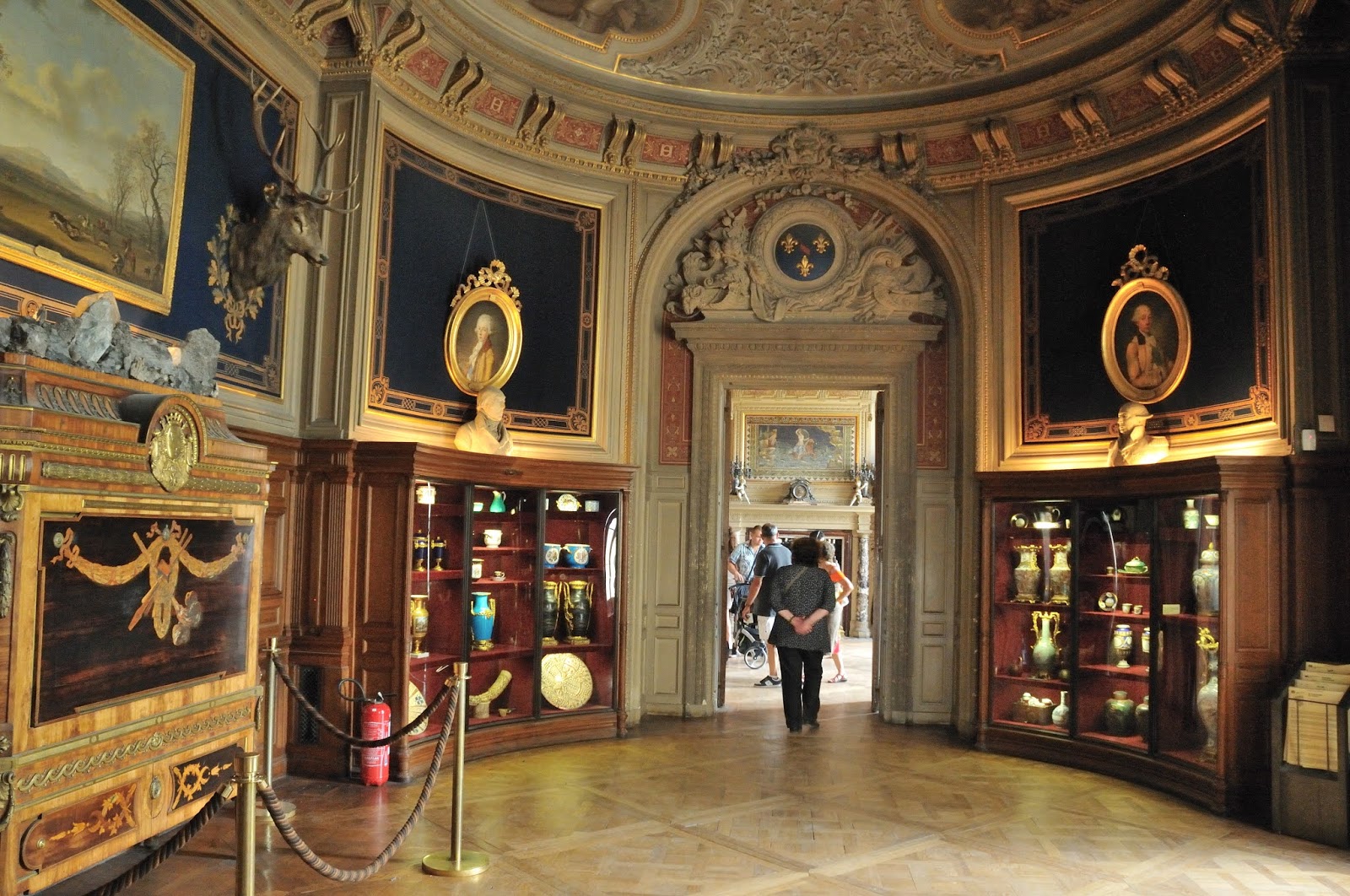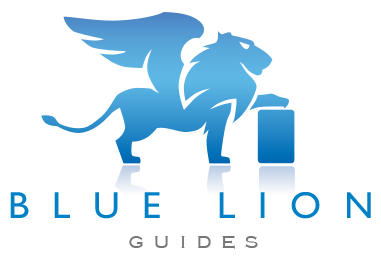News

The way ahead with audio and mobile guides
We wrote this article in 2016, after visiting some small museums in Italy and attending a conference organised by their association in Viterbo. Our aim was to ponder about the role of museums and the use of technology. Today, the need to do so is even more stringent and we have started in 2020 to work on a different approach and technology to our guides. We will come back on this topic in the coming weeks. Meanwhile here are some of our thoughts following our tours in Italy.
One of the questione which have followed us from the beginning of our project was: are we sure that we are proposing something innovative and useful and not a refined but obsolete model?
Listening to some participants to the meeting if small museums in Viterbo the impression is that to a certain extent top down guides, like audio guides or written guides do have their limits in terms of raising interest and ensuring appropriation of the museums offering by the public.
For sure, the guides can be very well done, with well written texts, gorgeous images, and a beautiful natural voice who reads them, plus interactive maps and other nice features, but the characteristics is always the same: one direction, from the expert author to the visitor.
It is clear that the main objective of any museum is to raise interest and passion by the local community which should be involved in its life and consider it it’s own (not in the sense of private property) cultural heritage. It should also become a significant and enriching moment in the life of its visitors. These are the challenges ahead.
How to attain these objectives? Only by reaching out to the external world, whether the local community or the occasional (or non) visitor. They should live the museum and be related to its objects and history.
Of course one way of raising interest is to use appropriate technological tools such as a web site to provide the needed information to the visitors and written or audio guides to guide them through the collections. But technology is only a tool and becomes ineffective if the museum is not able to convey its message and put everything else in place to offer a rich experience to its visitors.
We had a telling experience just in Italy with small museums in Italy, in Fabriano to be precise. One was the visit to the museum of the piano, a small museum created by local musicians who run the musical academy who have a passion to collect and show ancient pianos. The setting was just unbeleavable: we arrived with our kids and other family members and were received by the curator and director. He took the time to show us through the collection and actually play some pieces on some of them by composers who had used a piano by the same manufacturers. We even were shown into the room where a Bösendorfer piano was being restored. This was one of the best experiences we ever had in a museum, of course a small museum. Not surprisingly the museum received the highest marks and certificate if excellence, for what it is worth, and we believe in this case it is, on tripadvisor. Please visit the museum here: Accademia dei Musici
The other experience was quite the opposite. Everyone knows how important Fabriano is in the world of paper. Many artists and printers have used Fabriano paper. We could literarily say that the city grew on paper. Of course such a terrific history requires a museum. And of course, being curious about the story of paper in Fabriano we went to see it. I wish we had not. The experience was appalling: first we were shown ans abandoned in a conference room to watch a ridiculous video by, presumably, a sponsor of the museum. The video was just horrible, of no interest whatsoever and lasted 15 minutes! After this knockoff experience the museum guide showed us through the museum. OMG, this was even worse: the visit was done like a reality show: visitors, often young people, were asked to participate to some activities or respond to some questions. The guide had become a low grade Tv host and animator. And on top of this he made continuous and unrelated jokes on Italian politics, something of zero interest for most of his visitors. Needless to say, we quit the tour.
What lessons from these two visits? What was the secret for an enriching vs an appalling visit? The people and their passion and pride for what they are doing certainly. But not only, their consideration for their visitors, not a troupe of, with all respect, of cows to move from one pasture to another, but people with whom to share your passion and who can actually enrich you as well. Without such an openness and ability to relate to the others, it won’t work and a museum becomes, as it was rightly said today, at best a deposit.
So, now let us get back to our main topic: can we enhance the museum guides and how? What is their role? I believe they do have a role, after all it is one way of sharing knowledge and passion. Sure. But the temptation to instruct and patronize our readers is just behind the corner. Before we consider anything else, we should think about the content we are offering. How is it written? Does it sound interesting or it looks like a collection of infos and data by the author. What is the author conveying? A proof of his/her fantastic science or a passion for her subject? If the text is uninteresting then the authors has not been able to relate to his readers. A well written guide is a starting point. But it is not sufficient if the museum aims at involving its visitors. They will like it and learn something. But it will still be a one-direction stream. How can we make it go both ways? This is the question and we hope we will find some answers. Stay tuned!





